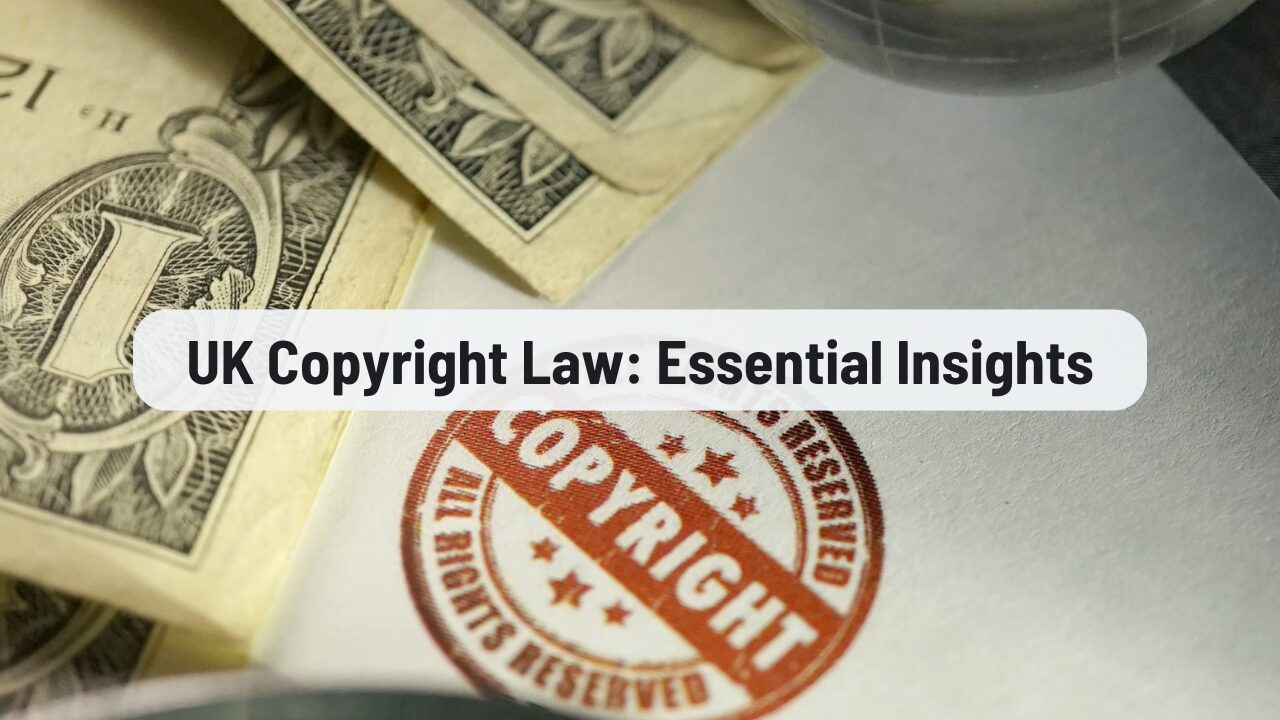
Copyright grants creators exclusive rights over their original works, preventing unauthorised copying and exploitation. In the UK, these rights are territorial yet recognised internationally via treaties, making it vital to understand both domestic rules and cross-border implications.
What Is Copyright?
Copyright is an intellectual property right that safeguards the expression of ideas once fixed in a tangible form. It allows right-holders—such as authors, artists, composers, software developers and filmmakers—to control how their work is used:
- Reproduced or issued in copies
- Rented, lent or publicly performed
- Broadcast, communicated to the public or adapted
By preventing others from using a ‘substantial’ part of a work without permission, copyright ensures creators can benefit financially and maintain artistic control.
Territorial Scope and International Treaties
Although UK copyright arises automatically, it applies only within the UK’s jurisdiction. International conventions, including the Berne Convention and the World Intellectual Property Organisation treaties, encourage reciprocal protection; yet, significant variations persist between countries. Always seek local guidance when exploiting works abroad.
Categories of Protected Works
Under the Copyright, Designs and Patents Act 1988, the following qualify for protection if original and fixed:
- Literary works (books, articles, software code)
- Dramatic and musical compositions
- Artistic creations (paintings, photographs, sculptures)
- Sound recordings, films and broadcasts
- Typographical arrangements of published editions
- Databases, 2D and 3D designs
Who Owns Copyright?
By default, the individual who creates the work is the first owner. In collaborative projects:
- Joint authorship arises where contributions are inseparable, giving equal rights to all creators.
- Co-authorship applies when separate elements can be attributed to distinct individuals, each of whom owns copyright in their portion.
Employers may own the copyright in works created by staff under contract, depending on the terms agreed upon.
Originality and the ‘Intellectual Creation’ Test
UK law requires that a work reflect the author’s intellectual creation. The Court of Appeal clarified that originality demands free and creative choices that impart a personal stamp. Mechanical or purely technical outputs, lacking creative latitude, fall short of this threshold, though most works easily satisfy the test.
The Fixation Requirement
A work must be recorded—written, filmed or otherwise captured—to attract copyright. Ideas or melodies held solely in the mind are not protected until expressed in some material form. Keeping dated drafts, recordings, or design files bolsters your evidence of creation.
Limitations and Exceptions
Specific uses of copyrighted material are permitted without permission, including:
- Private study or research
- Criticism, review and news reporting (with attribution)
- Education and satirical works
These exceptions are narrowly defined; if in doubt, seek advice to avoid infringing on rights.
Conclusion
UK copyright law provides robust protection for original works, striking a balance between creators’ interests and limited public-interest exceptions. By understanding ownership rules, originality criteria, and fixation requirements, you can effectively protect your creations, both domestically and internationally.
For Legal and Business Solutions, visit: ST Consultancy
Follow Us:
Facebook – https://www.facebook.com/profile.php?id=61564973949911
Instagram – https://www.instagram.com/stconsultancy_stc/
Twitter – https://x.com/st_stc43927
LinkedIn – https://www.linkedin.com/company/st-consultancy-ltd, Dr. Erika Szita-Szegedi, Manmeet Abroll

